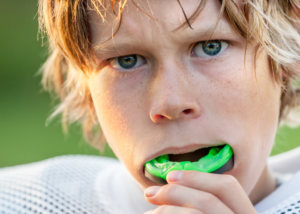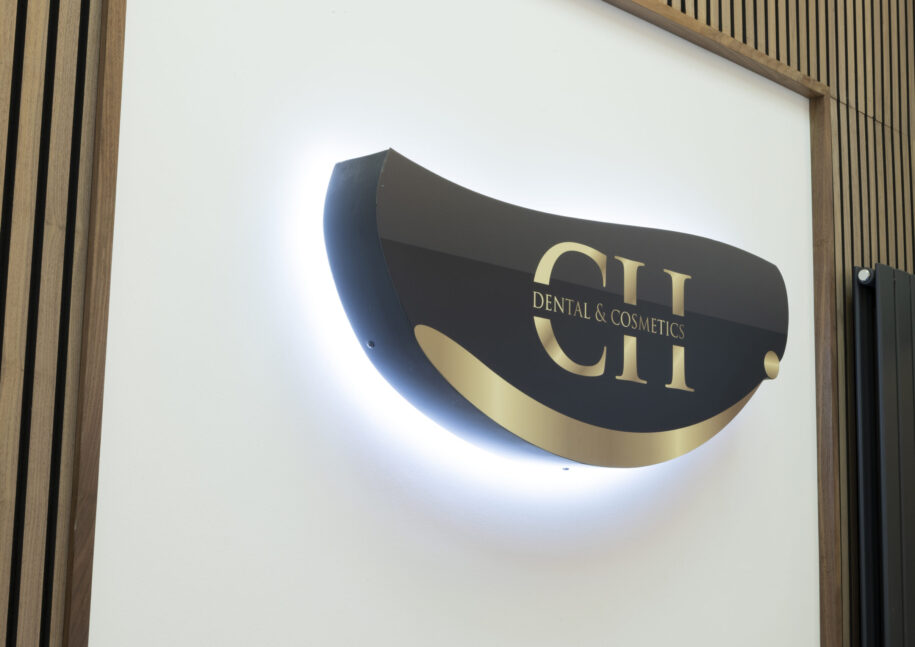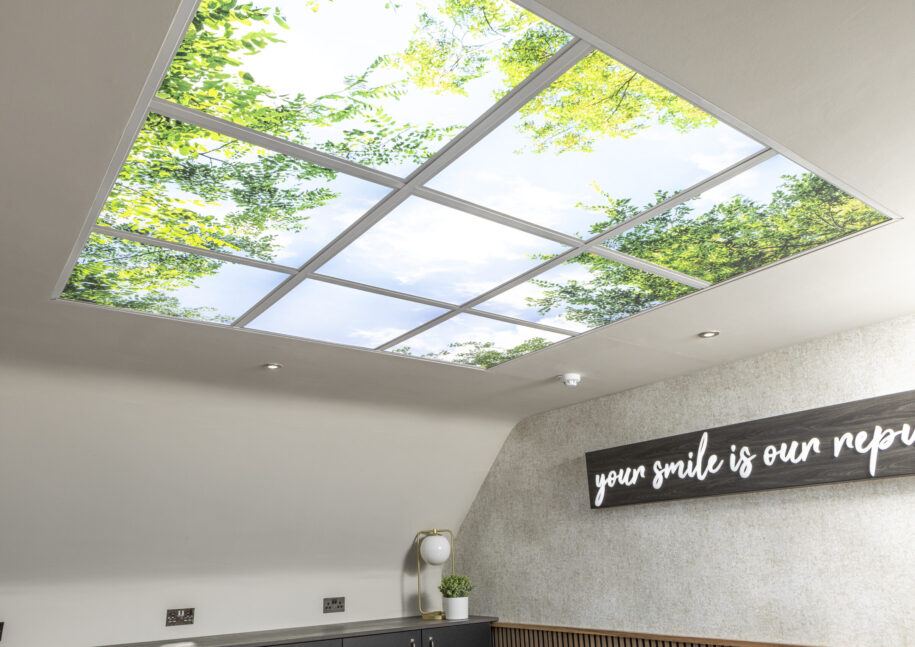Choosing the Right Mouth Guard for Youth Sports: A Parent’s Guide to Dental Protection
- Home
- /
- Blog
- /
- Dental Health
- /
- Choosing the Right Mouth Guard for Youth Sports: A Parent’s Guide to Dental Protection
18 April 2024
Choosing the Right Mouth Guard for Youth Sports: A Parent’s Guide to Dental Protection

Millions of children across the world partake in sporting activities. This is as it should be, as physical exercise is an important component in staying fit and healthy.
However, pretty much every sport or competitive event comes with some risk of physical injury and knowing how to minimize the risk is important for every young person as well as their parents.
Facial and dental injuries are among the most common sporting mishaps but many of these can be avoided (or the effects at least greatly reduced) by wearing the proper protective equipment.
Depending on the sport, helmets and face masks may be required but one item of vital importance for children and adolescents is a proven and effective youth sports mouth guard.
Reduced Risk
Sporting injuries come in many forms, but dental injuries are one of the most widely reported. According to a recent NYSSF (National Youth Sports Safety Foundation) report more than three million teeth per year are lost through sporting accidents.
Although it would be unrealistic to expect to reduce this number to zero, the amount of teeth lost, cracked or damaged can be greatly reduced.
The simple solution is to encourage young athletes to wear a properly-fitting youth sports mouth guard which will reduce the risk of dental injury by a significant factor.
However, there is no one size fits all solution when it comes to choosing the right mouth guard for sports youth and adolescents.
Many mouth guards are simple generic devices that are sold across the counter. These commercial mouth guards may provide basic protection but are often uncomfortable and ill-fitting.
The alternative option is a custom-made guard which will fit snugly over an individual’s teeth and provide maximum protection for all teeth as well as the gums.
When choosing a mouth guard, it is also important to take into account the type of sporting activity for which it is required. For sports where a helmet or mask (football, ice hockey) is worn a simple mouth guard to protect the front teeth may be sufficient. Participant in largely non-contact sports (tennis, basketball) are more susceptible to facial injury and should wear a full mouth guard as the head, jaw and mouth are unprotected.
Although mouth guards are designed with the same purpose in mind and may look similar in appearance, they are subtly different and professional advice should be sought before making any decision.
The team’s trainer or medical professional can guide athletes and parents in the selection process and a dentist should also be consulted when opting for a custom-made mouth guard.
Three Choices
In order to be fully effective, a mouth guard should provide support and protection for all the teeth as well as the gums. It should also be comfortable to wear, not come loose during activity and not impair the wearer’s normal breathing or speech.
There are three basic types of youth sports mouth guard to choose from:
- Commercial
- Mouth-Formed
- Custom-Made
Commercial
Available over the counter in many sporting stores, commercial mouth guards are usually made from rubber and are generally inexpensive. These may be considered for first time users as they provide basic protection, but they do have drawbacks.
They can be uncomfortable as they are generically produced and unlikely to be a perfect fit. They cannot be modified in any way and are liable to slip out of place unless the mouth is kept shut. Some users also report breathing difficulties when using commercial mouth guards.
Mouth-Formed
At the next level are mouth formed, or Boil-and-Bite, mouth guards. These are also readily available at sports stores and offer mid-level dental protection.
As the name suggests, Boil-and-Bite mouth guards are softened by first boiling and then biting down on the guard to leave an impression of the teeth.
This means they are a better fit than the commercial variety, offer more protection and are more comfortable to wear. However, they do tend to wear out fairly quickly and are not suitable for those wearing braces or similar dental devices.
Custom-Made
Obviously the most expensive option (but undoubtedly the best and most cost-effective) are custom-made mouth guards.
These will require a dentist to take a complete impression of the teeth and gums (as well as any orthodontic appliances) which is then used to make a perfectly fitting mouth guard.
This personal mouth guard offers the highest protection possible as well as being comfortable to wear and does not impact upon breathing or speech.
Of the three available types of mouth guard for sports youth, the best choice is to have a custom-made guard as it offers by far the best protection. While comparatively expensive the cost is more than offset by the potential fees involved if a dental injury that could have been avoided should occur.
Benefits
A youth sports mouth guard not only protects against dental injuries but there is also some strong evidence that they also offer some protection against concussion.
The ADA (American Dental Association) believes that athletes without a mouth guard are up to sixty times more likely to suffer dental mishaps than those wearing oral protection.
In today’s world, many sporting organizations now insist that members wear the requisite protective equipment which may include helmets, pads, strapping and mouth guards.
Even if a mouth guard is not compulsory it is always better to err on the side of caution and reduce the risk of unnecessary injury and unwanted visits to the dentist where and whenever possible!
Get in touch
Categories
- Adult Braces
- Children's Dental Health
- Clear Aligners
- Composite
- Composite Veneers
- Cosmetic Dentistry
- Cosmetic Procedures
- Dental Advice
- Dental Anxiety
- Dental Bridges
- Dental Health
- Dental Hygiene
- Dental Implants
- Dental Insurance
- Dentures
- Research
- Gentle Dentistry
- Implants
- Invisalign
- News
- Oral Health
- Oral Hygiene
- Orthodontic Treatments
- Pain Free Dentistry
- Phobia
- Practice News
- Smile Makeovers
- Stain Removal
- Technology
- Teeth Straightening
- Teeth Whitening
- Treatment Offers
- Treatment Packages
- Veeners
- Your Dentist
Treatments
Taking your smile in a positive direction
When it comes to a friendly, caring, and professional dentist in Cheadle Hulme, you won’t find better than Cheadle Hulme Dental and Cosmetics. Why not book an appointment by contacting us directly at 0161 486 0743? We look forward to welcoming you.








